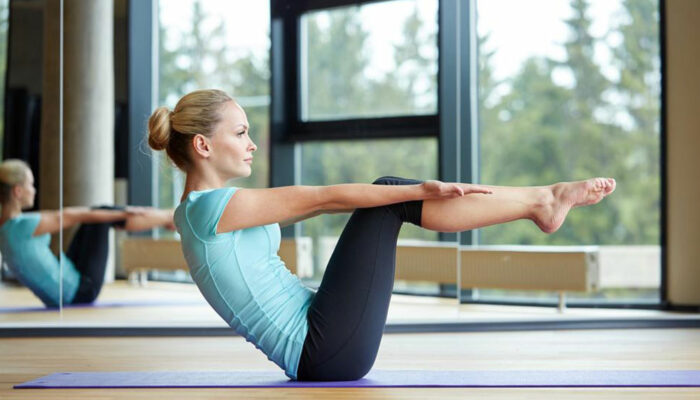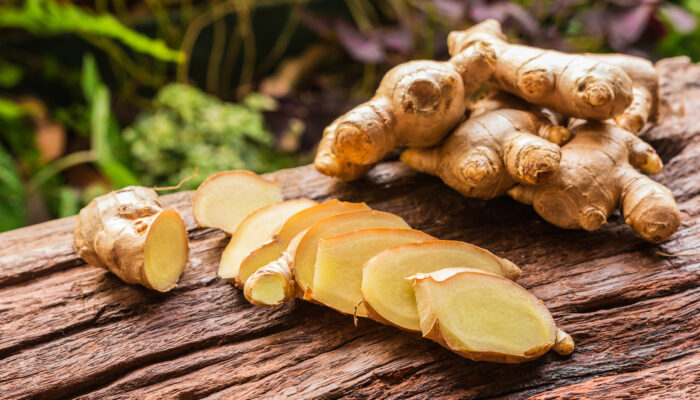
Lifestyle Changes to Manage an Overactive Bladder
Though it’s not a disease, an overactive bladder is a condition that poses challenges to both men and women who suffer from it. It often causes psychological distress, depression, and anxiety, leading to avoidance of social situations, travel, and exercise. It can interfere with you getting a good night’s sleep and can mess with your work schedule.
What is an overactive bladder?
The urinary bladder stores urine in the body. When it reaches a certain level of fullness, the surrounding nerves signal to the muscles and brain that it’s time to eliminate the urine. However, in OAB, there is a cross-connection in the neural network that keep signaling the urge to urinate even when the bladder is not completely full.
If you experience a frequent, sudden, and uncontrollable need to urinate several times during the day and night, it could signal over-activity in your urinary bladder. In some cases, it can also lead to incontinence, as the patient is unable to control urination beyond a point. Overactive bladder can also interfere with your sleep and work activities if you need to visit the washroom frequently. If you need to urinate more than seven or eight times in a day, and you feel that you are losing control, it’s important to speak to your doctor about this.
Lifestyle and dietary changes
Research has shown that small lifestyle changes that can help an overactive bladder can be incorporated to reduce the symptoms and provide relief.
Diet changes
Certain foods and beverages can trigger OAB urges. These include caffeinated drinks, citrus fruits, chocolate, tea, alcohol, fruit and vegetable juices, artificial sweeteners, dairy products, sugar, spicy foods, and carbonated drinks. Some juices such as cranberry and apple don’t usually trigger OAB. Research has shown that seniors with excessive caffeine intake (more than a cup a day) have more problems with OAB than those who don’t. Eat more legumes, whole-grains, non-citrus fruits, and vegetables that will add more fiber to your diet, since constipation can aggravate OAB symptoms.
Use free time
Use all available free time to perform Kegel exercises. You can do them while you’re at work, waiting for a bus or at the doctor/dentist, reading, etc. These exercises strengthen the pelvic muscles and control incontinence. Quick flips and biofeedback are other useful methods of achieving control. Maintain a bladder-diary for more information on your triggers.
Tampons
Women who lead an active life can use a tampon while exercising to prevent leaks.
Don’t restrict fluid intake excessively
Limit your fluid intake to 40-60oz per day and avoid fluids a couple of hours before bedtime. However, drastically reducing fluid intake can lead to dehydration, urinary tract infections, etc., since low fluid inflow into the bladder can irritate it.
Get support
OAB and incontinence are problems that no one likes to talk about. However, trying to deal with them alone can cause stress, anxiety, and depression, and aggravate the symptoms. Talk to people who are important in your life and get their support as you make the necessary lifestyle changes. This can help you feel more relaxed and achieve better control.



